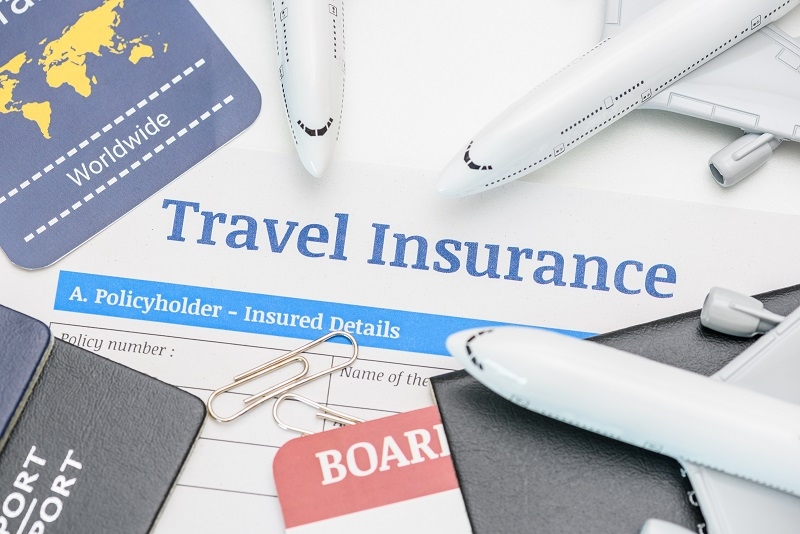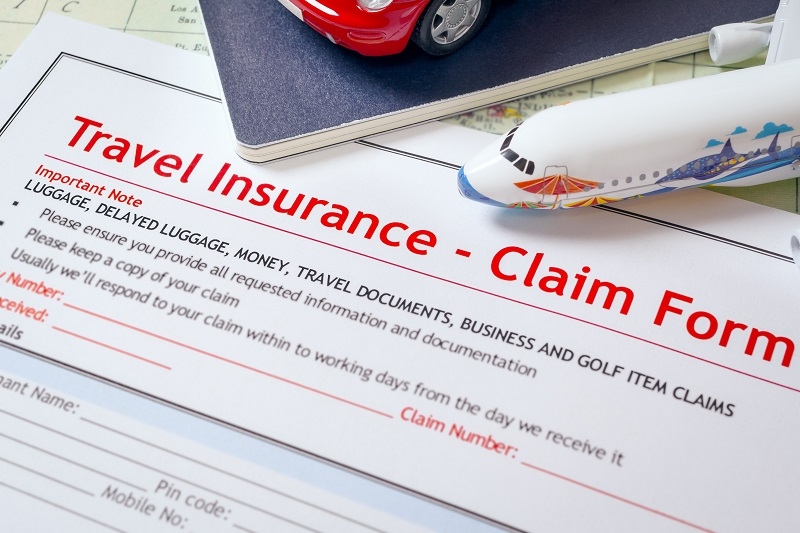
The excitement of planning a trip can be quickly interrupted by unforeseen events, such as severe weather that prevents you from traveling at the last moment. Things do not always go as planned. This is why it is so important to have a well-informed travel insurance guide. Before investing in trip cancellation coverage, explained in detail, and trying to decide when is the best time to buy travel insurance, it is essential to know what options are available to you to ensure peace of mind on all your adventures. From overseas medical coverage benefits to understanding the entire travel claim reimbursement process, knowing the ins and outs helps to make every adventure more relaxing.
This guide explains how travel insurance works, debunks common travel insurance myths, and helps you choose the right policy for your upcoming travel plans.
Travel insurance provides coverage for travelers in the event of trip cancellation, emergency medical expenses, or property loss. A good travel insurance policy allows you to recoup money if something unexpected happens that prevents you from continuing your vacation plans.
Some ways travelers benefit from travel insurance include:
Knowing these basics and what travel insurance covers will help travelers today identify which level of protection is most important, whether they are taking a weekend getaway or traveling internationally for several months.
One of the most common questions is when to buy travel insurance. The short answer is - the sooner, the better. The best time to purchase travel insurance is usually after the trip has been booked. Buying sooner allows you to:
Many travelers purchase travel insurance right before departure and are unaware that some coverages only apply when protection is in effect within a short timeframe after the trip is booked.
When you have trip cancellation coverage, it means that if you cancel your plans for a covered reason, you can receive compensation for your prepaid, non-refundable expenses. Being aware of this protection can save you thousands in the future.
Common covered reasons are:
Not all reasons for cancellation are covered under the policy, so please review the fine print to ensure your individual travel insurance needs are being met. When you add this coverage to your policy early on, it ensures that your travel investment is protected from the start.
Although filing an insurance claim can seem like a daunting task, the travel reimbursement claims process is pretty simple, assuming you follow the correct steps.
Here are what those steps look like more simply:
To avoid delays in your claims processing, please make sure that you have completed each document accurately and labeled everything clearly. Some travelers will wait to file their claims, which can result in their claims being denied later on. You must be aware of the polices, charges, and claims filing deadlines.

Overseas medical coverage benefits are among the most crucial components of travel insurance. Many travelers mistakenly believe their domestic health insurance will cover international medical emergencies, but that's often not the case.
Common overseas medical coverage would cover:
Traveling overseas, medical care can be expensive. If something goes wrong, having a policy that offers global medical coverage means you won't be stuck with a high bill.
Misunderstandings about travel insurance can prevent some from buying a travel insurance plan. I want to clarify some common misconceptions about travel insurance below.
Myth 1: “I don’t need travel insurance for short trips.”
A weekend trip can go sideways quickly: a flight can be cancelled, you may lose your luggage, or you can come down with an illness at any point.
Myth 2: “My credit card insurance will cover me.”
Although some credit cards will offer limited travel insurance, they rarely have trip cancellation coverage as defined or coverage for medical evacuations.
Myth 3: “Travel insurance is too expensive.”
The misconception is the amount of insurance coverage relative to the total trip cost. In actuality, travel insurance typically costs only a small percentage of your total trip cost. It’s a reasonable cost relative to the benefits, which will be worth thousands.
Myth 4: “It’s difficult to file a claim and get reimbursement.”
Filing a travel claim for reimbursement is now more efficient and user-friendly. You can submit documents digitally, and the forms are simpler to complete than before.
Determining the best policy with so many options can be daunting. Here’s how to negotiate that efficiently:
Travelers who travel relatively frequently often consider yearly multi-trip coverage, while those who travel infrequently may prefer single-trip coverage.
If you are visiting countries known for high medical costs, please review and understand the benefits of overseas medical cost coverage.
Each plan will have limits. Some plans may even have exclusions for specific activities (i.e., adventure sports), pregnancy, or pre-existing conditions.
Take the time to compare several insurance companies, comparing inclusions, claim limits, and customer service reputation.
With the right policy, you can ensure you’re covered for everything from minor inconveniences to major emergencies.
Insurance terminology can be confusing. Learning key terms will help you confidently interpret your plan.
Having a clear grasp of these terms simplifies decision-making and prevents misunderstandings during emergencies.
Before finalizing your travel insurance purchase, consider these crucial factors:
Reading the policy document thoroughly can prevent surprises later and ensure you’re adequately covered.
Even seasoned travelers can make errors when buying insurance. Avoid these common pitfalls:
By steering clear of these mistakes, you ensure a seamless experience when you actually need your policy.
A solid understanding of travel insurance transforms uncertainty into confidence. From learning when to buy travel insurance to navigating the travel claim reimbursement process, this travel insurance guide helps you protect your health, finances, and peace of mind every time you travel.
This content was created by AI